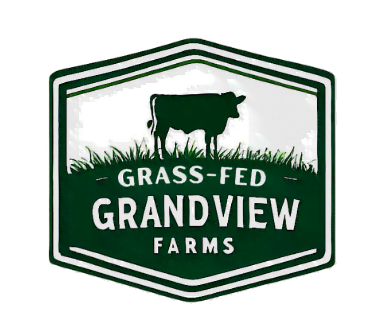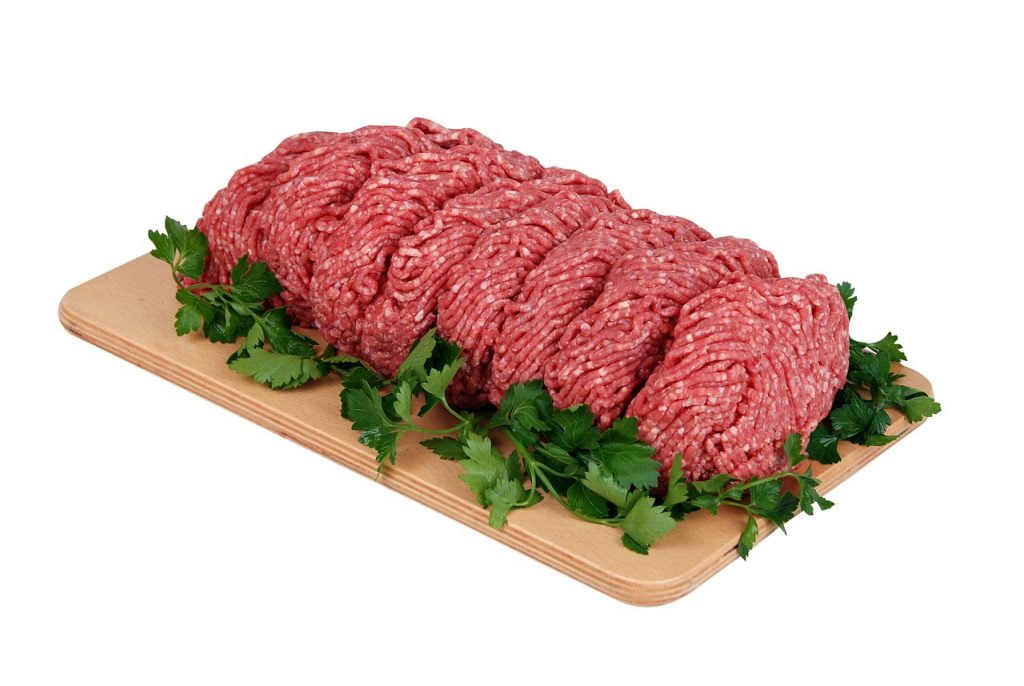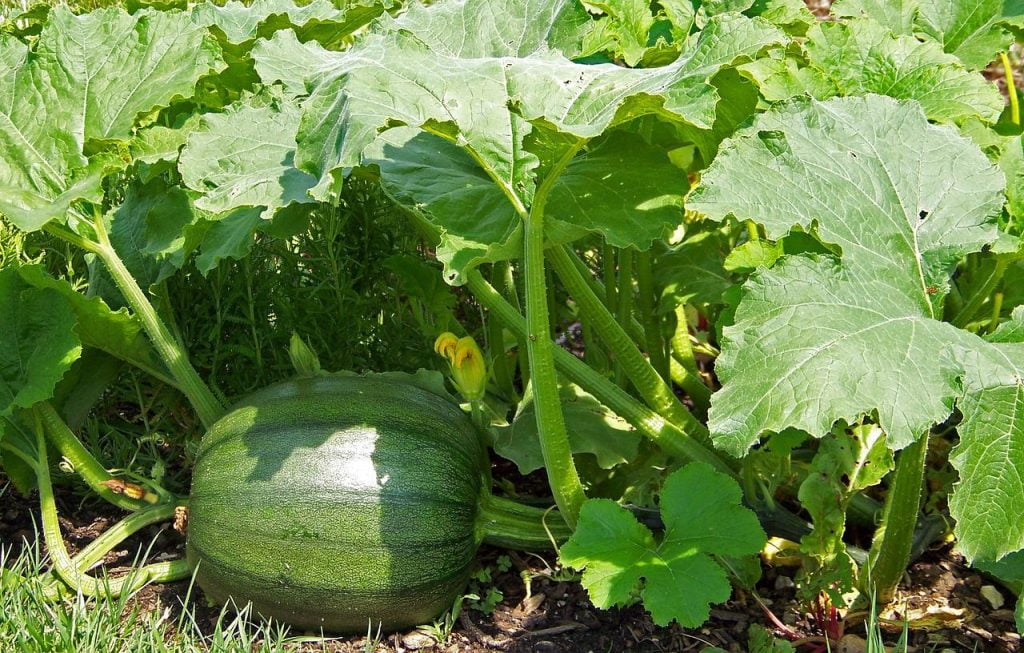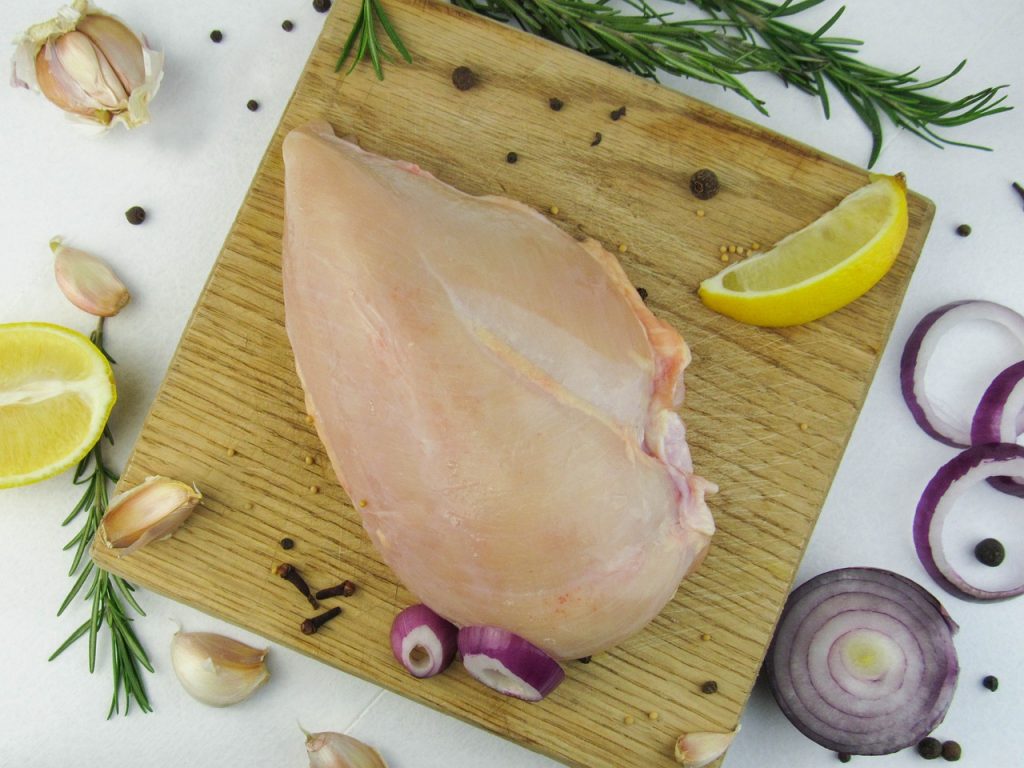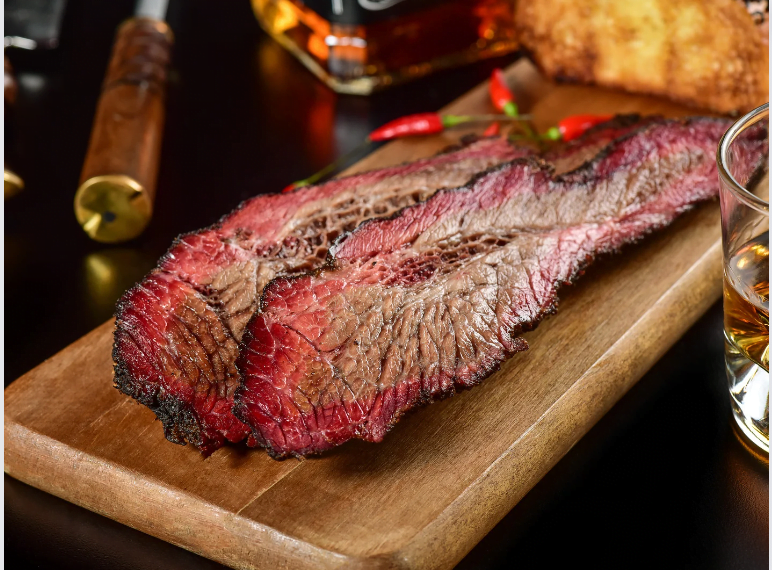
Brisket, the crown jewel of the smoker, is a cut of meat that has captured hearts and ignited taste buds for generations. This richly marbled treasure from the primal cut of the cow, the forequarter, takes center stage in barbecues, holidays, and celebrations of all kinds. But what if there was a way to elevate this already beloved meat to even greater heights? Enter grass-fed brisket: the sustainable, ethical, and undeniably delicious alternative to its grain-fed counterpart.
A Tale of Two Briskers: Grass-Fed vs. Grain-Fed
The journey of a brisket, from pasture to plate, starts with the cow’s diet. Grass-fed cows, as the name suggests, subsist solely on grasses, herbs, and legumes. This natural diet translates into several key differences in the meat:
Flavor: Grass-fed brisket boasts a deeper, richer flavor profile with hints of game and earthiness. Grain-fed brisket, on the other hand, tends to be milder and slightly sweeter.
Nutrition: Grass-fed brisket is leaner and higher in protein and healthy fats like omega-3s and conjugated linoleic acid (CLA). It’s also a good source of vitamins A, E, and B12.
Health: Studies have shown that grass-fed beef may have positive health benefits, including reducing the risk of heart disease, cancer, and inflammation.
But the differences go beyond just taste and nutrition. Grass-fed cows lead happier, healthier lives. They spend their days grazing in pastures, expressing their natural behaviors, and contributing to the health of the soil ecosystem. Grain-fed cows, on the other hand, are often confined to feedlots and given antibiotics and growth hormones.
The Science of Smoke: Unveiling the Brisket’s Tenderness
Smoking brisket is an art form, a delicate dance between fire, smoke, and time. The low and slow cooking process breaks down tough connective tissues, rendering the meat melt-in-your-mouth tender. But what’s the science behind this culinary magic?
The key lies in the interplay of heat and collagen. Collagen is a protein that gives meat its structure. When exposed to low heat for extended periods, collagen breaks down into gelatin, resulting in that irresistibly moist and tender texture we all crave.
The type of wood used for smoking also plays a crucial role. Hickory, mesquite, and oak are popular choices, each imparting their own unique flavor profile. Experimenting with different woods can add another layer of complexity and depth to your smoked brisket.
From Pasture to Perfection: Tips for Taming the Beast
Conquering the brisket isn’t for the faint of heart. It’s a cut of meat that demands patience, attention to detail, and a healthy dose of respect. Here are some tips to help you achieve smoked brisket nirvana:
Choose the right brisket: Look for a well-marbled brisket with a good fat cap. Aim for a thickness of 1.5 to 2 inches.
Trim the fat: Trim off any excess fat, leaving about a quarter-inch layer for insulation and flavor.
Season generously: A good rub or marinade is essential for infusing the meat with flavor. Experiment with different spices and herbs to find your perfect blend.
Low and slow is the way to go: Smoke your brisket at a low temperature (around 200°F) for 12-18 hours, or until it reaches an internal temperature of 195°F.
Let it rest: Once the brisket is cooked, let it rest for at least 2 hours before slicing. This allows the juices to redistribute, resulting in even more tender meat.
Fun Food Facts to Impress Your Fellow Carnivores
The word “brisket” comes from the Middle English word “breschet,” which means “breast.”
The largest recorded brisket weighed in at 334 pounds!
Texas is the undisputed brisket capital of the world, with a rich barbecue tradition dating back centuries.
The annual Brisket World Championship in Austin, Texas, draws competitors from all over the globe.
Brisket is not just for smoking! It can also be braised, roasted, or even ground into burgers.
A Sustainable Feast for the Future:
Beyond the undeniable taste and health benefits, opting for grass-fed brisket also contributes to a more sustainable food system. Here’s how:
Environmental Hero: Grass-fed cows help regenerate soil health by promoting nutrient cycling and reducing erosion. They also contribute to biodiversity and carbon sequestration, making them a friend to the environment.
Ethical Eating: Choosing grass-fed meat supports farms that prioritize animal welfare. Unlike confined feedlots, pasture-based rearing allows cows to express their natural behaviors and live healthier lives.
Community Champion: Supporting local grass-fed farmers helps build resilient communities, creates jobs, and preserves traditional farming practices.
Beyond the Brisket: Exploring the Grass-Fed Universe:
The world of grass-fed meat extends far beyond just brisket. From juicy steaks and succulent lamb chops to flavorful ground beef and even tender bison roasts, the options are endless. Here are some additional cuts to tempt your taste buds:
Grass-fed ribeye: This marbled beauty boasts a rich, buttery flavor that’s perfect for grilling or pan-searing.
Grass-fed ground beef: Leaner and packed with protein, grass-fed ground beef is a healthy and versatile option for burgers, tacos, and chili.
Grass-fed lamb chops: The delicate flavor of lamb shines even brighter when sourced from grass-fed animals. Pair them with rosemary and garlic for a truly memorable meal.
Grass-fed bison steak: For an adventurous palate, bison steak offers a unique, slightly sweet flavor and impressive nutritional profile.
Kissing the Grain Goodbye, One Bite at a Time:
Choosing grass-fed brisket is more than just a culinary decision; it’s a statement about your values. It’s about prioritizing taste, health, and sustainability in a way that respects both the animal and the planet. So, fire up your smoker, gather your friends and family, and prepare to embark on a journey of smoky bliss with grass-fed brisket. As you savor each tender bite, remember the story behind that extraordinary meat – a story woven with nature’s bounty, ethical practices, and a commitment to a better future.
Additional Fun Food Facts:
The invention of the smoker is often attributed to the Taino people of the Caribbean, who used a technique called “barbecu” to preserve meat.
The first documented barbecue competition in the United States was held in Memphis, Tennessee, in 1959.
Texas brisket is traditionally served with a simple sauce made from tomatoes, vinegar, sugar, and spices.
In Argentina, grass-fed beef is called “asado” and is grilled over open flames.
The world record for the most expensive steak was set in 2015 for a Japanese Kobe beef ribeye that sold for $1,850.
Thanks for reading blogs from Grandviewfarms.
You may also like:
Beyond the Supermarket: Discovering the World of Farm Fresh Beef
Farm to Table Beef: The Future of Sustainable Meat Production
Pasture Raised Cows: A Symphony of Nature, Taste, and Well-being
FAQ
The main difference lies in the cow’s diet. Grass-fed cows, as the name suggests, graze on grasses, herbs, and legumes, while grain-fed cows are primarily fed corn and other grains. This leads to several key variations:
- Flavor: Grass-fed brisket boasts a deeper, richer flavor with hints of game and earthiness, while grain-fed brisket tends to be milder and slightly sweeter.
- Nutrition: Grass-fed brisket is leaner and higher in protein and healthy fats like omega-3s and CLA, while grain-fed brisket has higher fat content and less protein.
- Health: Studies suggest grass-fed beef may have potential health benefits like reducing heart disease and cancer risks.
Not necessarily! While it might require slightly different techniques due to its leaner nature, grass-fed brisket can be just as delicious and tender as grain-fed when cooked properly. The key lies in:
- Low and slow cooking: Smoke your brisket at a low temperature (around 200°F) for 12-18 hours to break down collagen and achieve melt-in-your-mouth tenderness.
- Proper seasoning: A good rub or marinade helps infuse flavor and keeps the meat moist. Experiment with different herbs and spices to find your perfect blend.
- Resting is key: After smoking, let the brisket rest for at least 2 hours to redistribute juices and prevent dryness.
Grass-fed options are becoming increasingly available! You can find them at:
- Local farms and farmers markets: Supporting local producers ensures fresh, high-quality meat and contributes to your community.
- Specialty grocery stores: Many stores now carry a wider selection of grass-fed and organic meats.
- Online retailers: Several online vendors offer grass-fed brisket and other cuts, often with convenient delivery options.
The world of grass-fed meat goes beyond brisket! Explore the delicious possibilities with:
- Ribeye steaks: For a richly marbled, buttery flavor, perfect for grilling or pan-searing.
- Ground beef: Leaner and packed with protein, ideal for burgers, tacos, and chili.
- Lamb chops: Delicate and flavorful, perfect with rosemary and garlic for a special meal.
- Bison steaks: A slightly sweet and unique flavor with an impressive nutritional profile for the adventurous palate.
